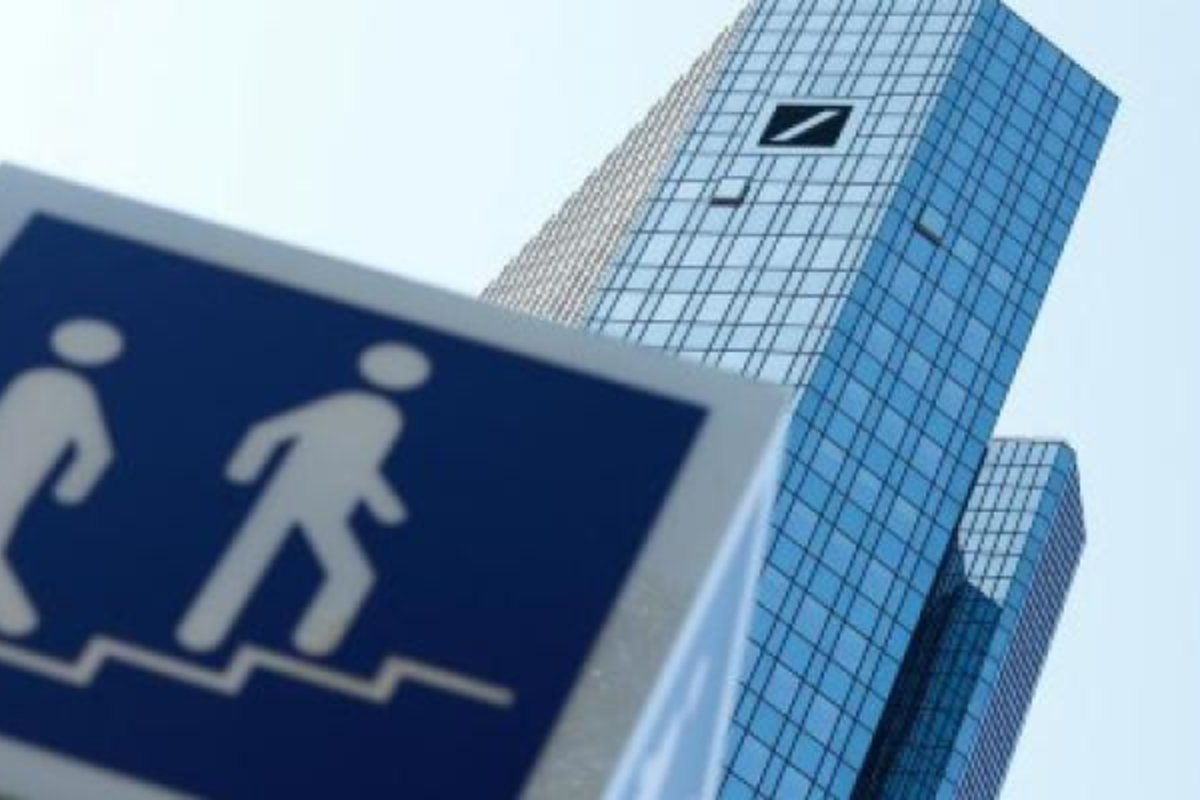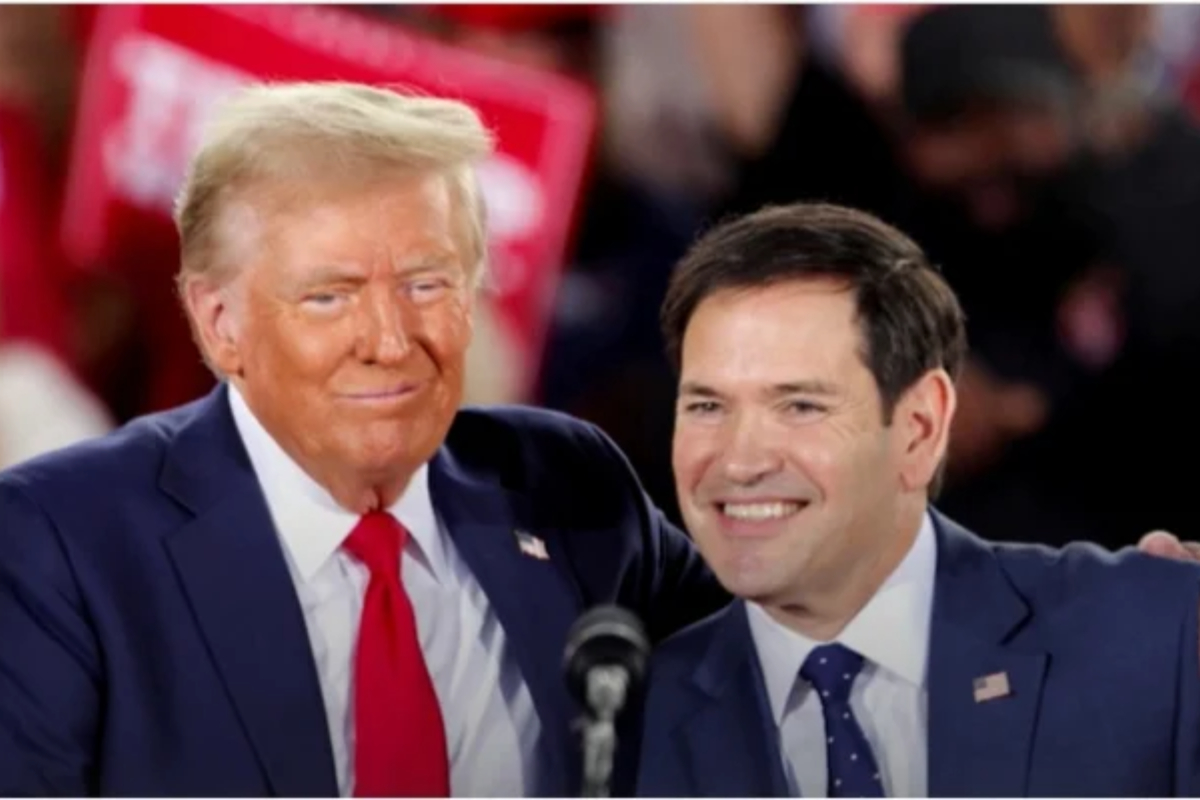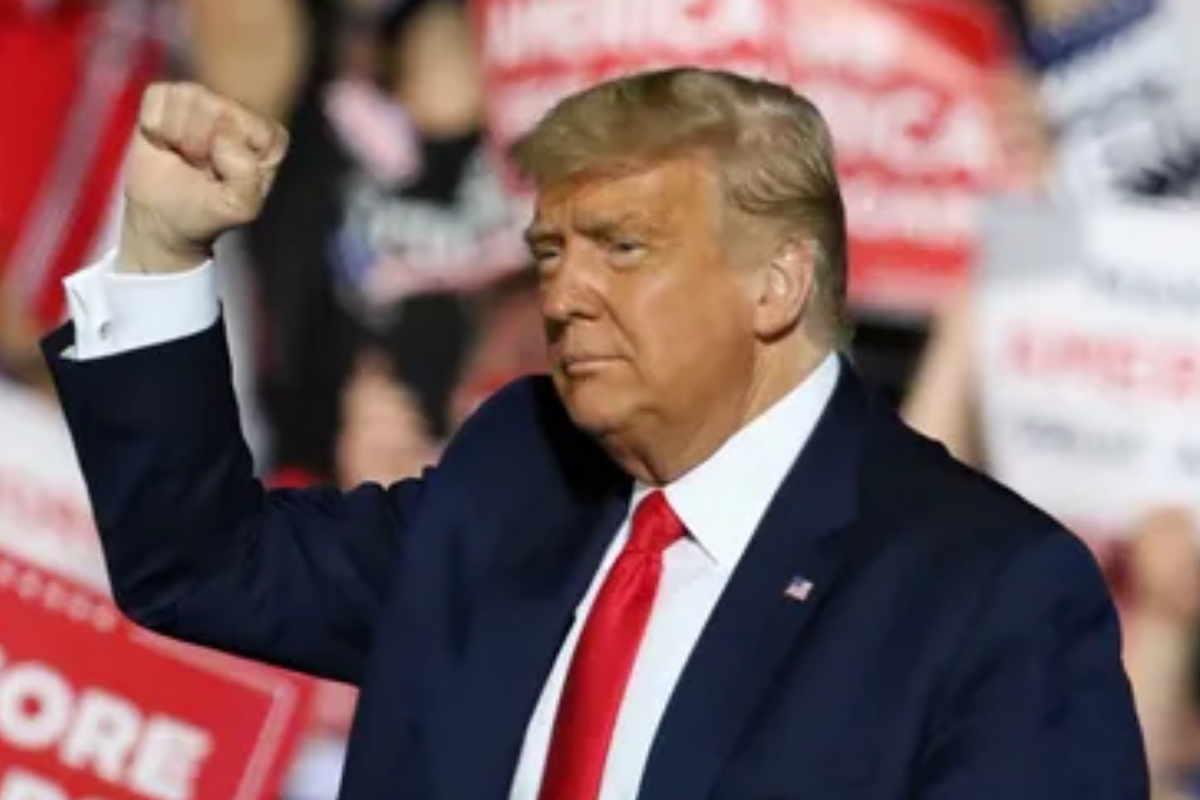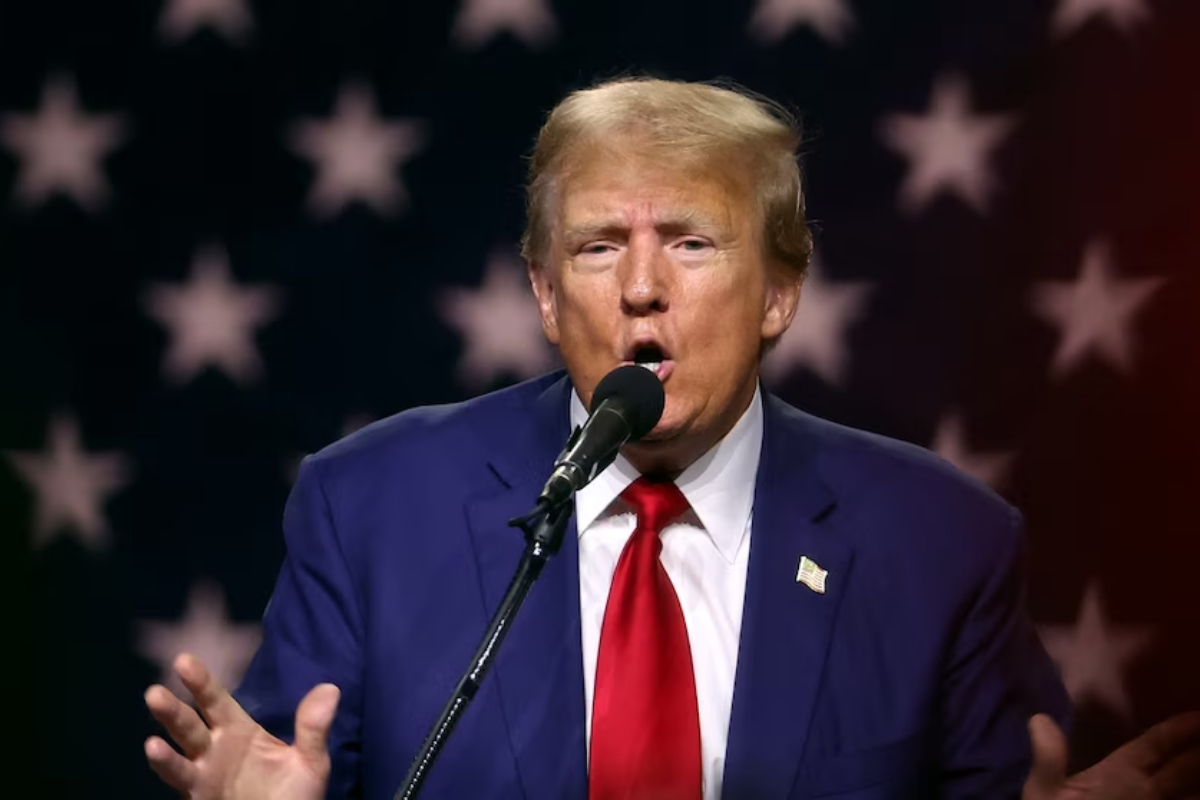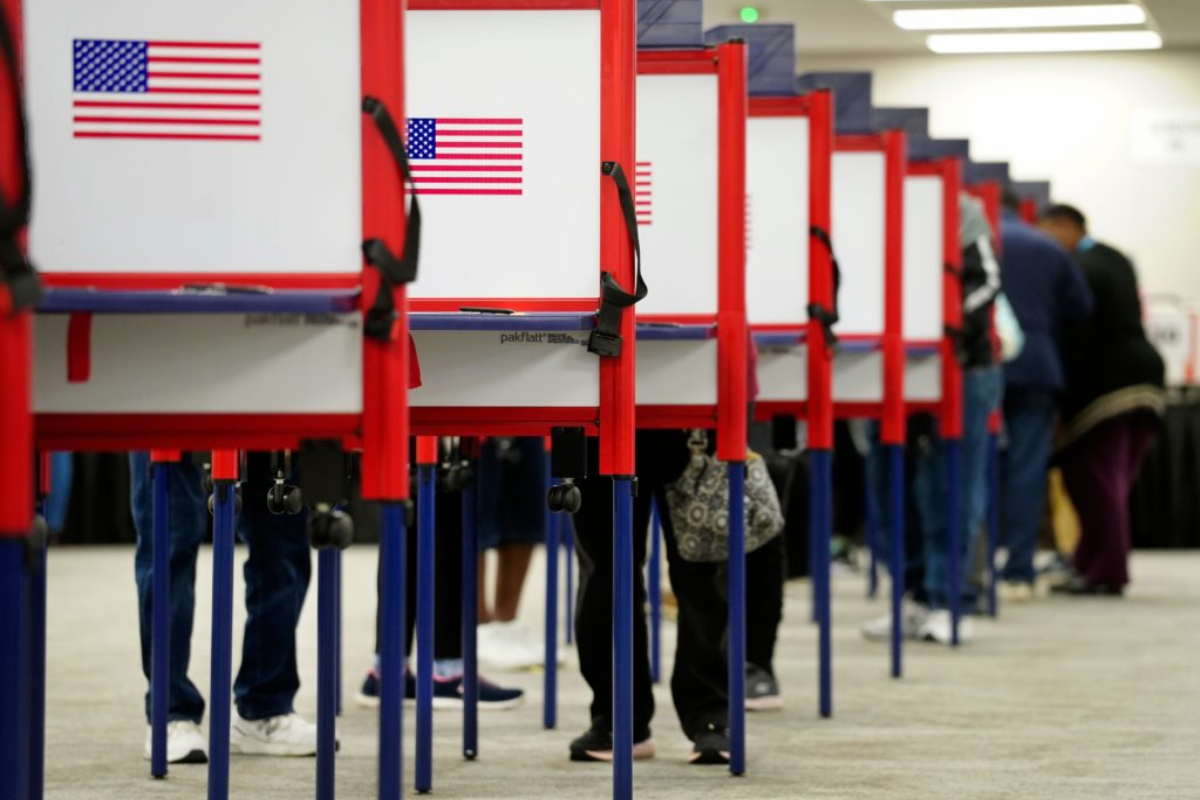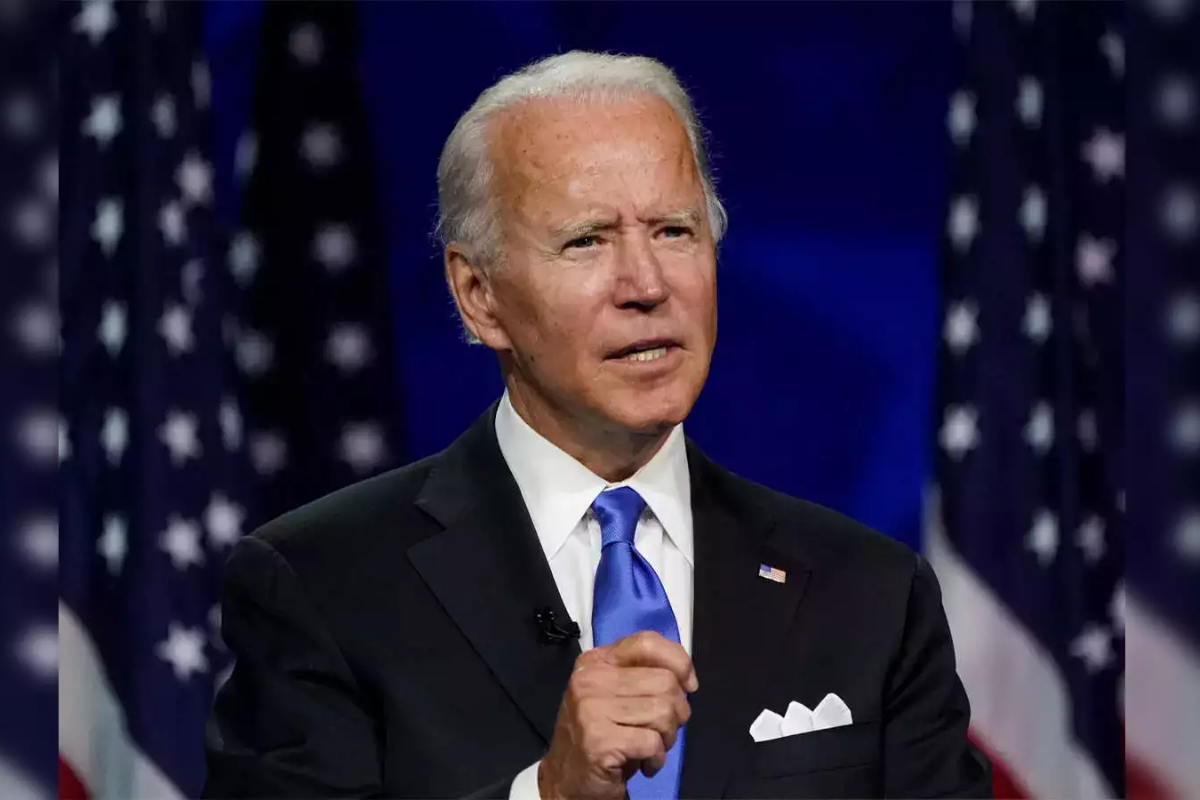MUMBAI, 28 JULY – Loan growth in India is at a three-year high and expected to accelerate as economic activity picks up, but analysts and bankers warn that a much slower growth in deposits could send banks scrambling for funds and prompt deposit rate increases.
Deposit growth has slowed as a result of high inflation, as would-be depositors prefer to invest in stocks and mutual funds in search of higher returns, according to Madan Sabnavis, chief economist at state-owned lender Bank of Baroda (BOB.NS).
HDFC Bank (HDBK.NS), the country’s largest private lender, has begun a short-term drive to boost deposit growth by offering a higher rate of interest on non-resident accounts held by Indians living abroad. According to analysts, other lenders may follow suit with similar moves.
As surplus funds in the system are gradually drawn out by central bank measures, banks’ margins and profitability may be put under pressure, forcing them to raise deposit rates as well as potentially go to more expensive capital markets to raise funds needed to meet credit demand.
This could worry investors, who are already on the defensive due to global factors, and send bank stock prices (.NSEBANK) even lower.
In a note issued last week, the rating agency ICRA predicted that banks would “aggressively begin chasing deposits, which will also lead to higher deposit rates.”
Deposit growth in Indian banks (INDEP=ECI) has remained in the single digits for the majority of the last 14 months, while credit growth (INLOAN=ECI) has nearly tripled to 14.4 percent in the fortnight to July 1st, after reaching a record low of 5.6 percent in FY21.
Retail loan growth, which includes personal loans, mortgages, and auto loans, has been steadily outpacing corporate credit growth.
“Personal loans have been the main growth driver for the Indian banking sector in recent years, as corporate lending has stalled due to NPAs (non-performing assets) and deleveraging,” CARE Ratings said earlier this week in a report.
While the prospects for credit growth appear promising, CARE warns that high inflation and rate hikes may cast a shadow.
Banks’ credit-deposit ratio has been steadily rising – currently, 73 percent of total deposits are lent out – indicating that their earning capacity is also improving.
However, as credit demand rises, funding may be put under strain unless deposit growth keeps pace.
“If the trend continues, we will have no choice but to raise deposit rates in the coming months because market conditions are also not very favourable for us to go to the market to raise growth capital,” said a senior executive at a state-owned bank.
[embedpost slug=”/uk-sea-level-rise-speeding-up/”]

